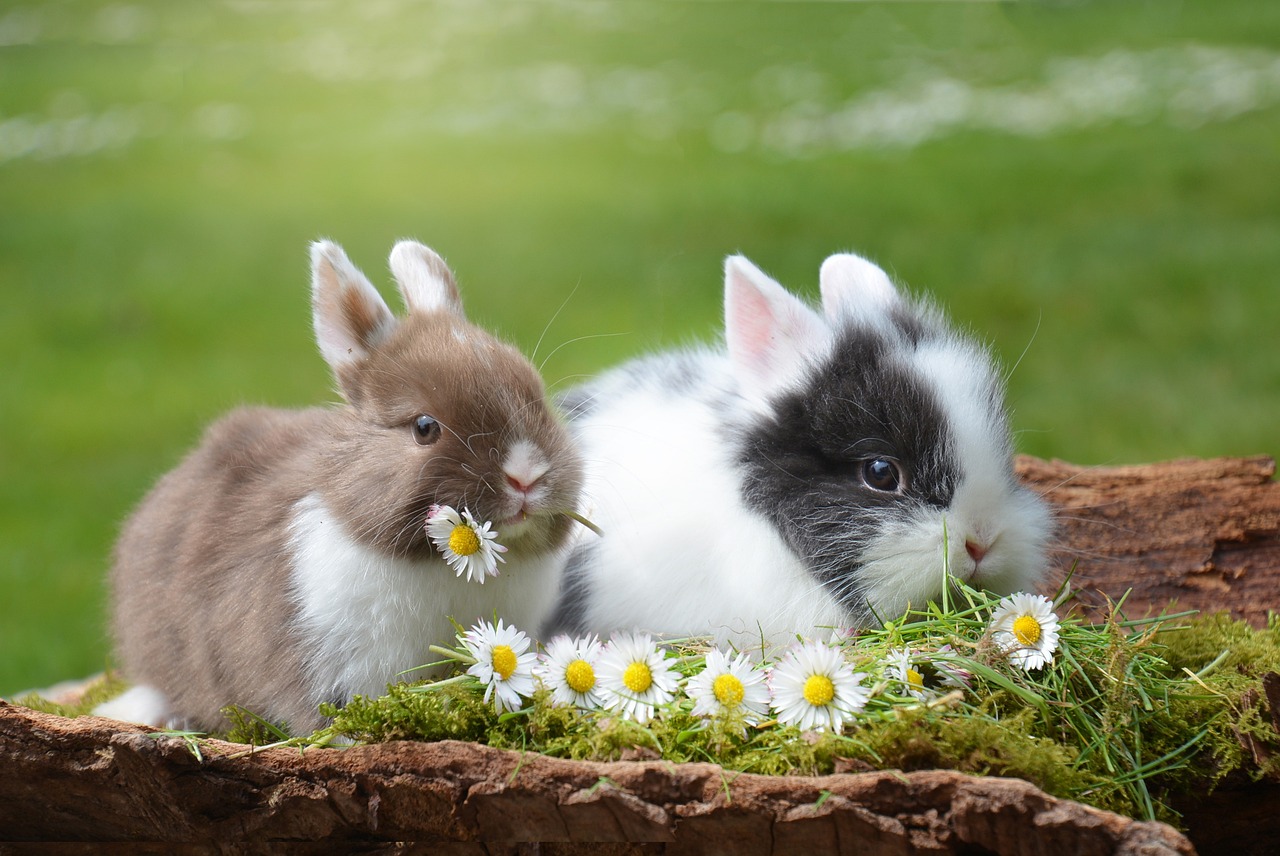If you’ve welcomed a rabbit into your home, you’re in for a unique and delightful pet ownership experience. Rabbits are known for their curious and energetic nature, and providing a safe environment for them is essential. Rabbit-proofing your home ensures your furry friend can explore and play without encountering hazards. In this blog, we’ll discuss the importance of rabbit-proofing, common dangers to watch out for, and tips on creating a bunny-friendly space.
The Importance of Rabbit-Proofing
Rabbits are naturally inquisitive creatures, and their instinct to chew, dig, and hop around can get them into trouble. Ensuring that your home is rabbit-proofed not only safeguards your pet but also prevents damage to your belongings and provides peace of mind.
- Pet Safety: The top priority is the well-being of your rabbit. Rabbit-proofing helps prevent accidents and injuries. Rabbits can be injured by chewing on electrical cords, ingesting toxic plants, or getting stuck in tight spaces.
- Household Protection: Rabbit-proofing safeguards your home from potential destruction. Rabbits can gnaw on furniture, carpets, and baseboards, which can be costly to repair or replace.
- Peaceful Coexistence: Creating a safe space for your rabbit allows you to enjoy their company without constant supervision. You can relax knowing your pet is safe in their environment.
Identifying Common Dangers
Before you start rabbit-proofing, it’s essential to identify potential hazards within your home. Here are some common dangers to watch out for:
- Electrical Cords: Rabbits love to chew, and electrical cords are a tempting target. Not only can this be dangerous for your pet, but it can also cause electrical issues in your home.
- Toxic Plants: Many houseplants are toxic to rabbits. Keep all potentially harmful flora out of reach.
- Small Objects: Small items like paperclips, rubber bands, and small toys can be ingested by rabbits, leading to intestinal blockages.
- Chemicals: Household cleaners, insecticides, and other chemicals must be stored securely, as exposure can be harmful or even fatal to rabbits.
- Furniture Legs and Baseboards: Rabbits often chew on furniture legs and baseboards, causing damage to your home and potential dental problems for the bunny.
- Accessible Crawl Spaces: Rabbits can squeeze into tight spaces and become stuck or hide in difficult-to-reach areas.

Tips for Rabbit-Proofing Your Home
Now that you understand the importance of rabbit-proofing and have identified potential dangers, let’s explore some practical tips to create a safe and enjoyable environment for your furry friend:
- Bunny-Proofing Materials: To protect electrical cords, encase them in cord protectors or cover them with PVC tubing. You can also use bitter-tasting sprays as a deterrent.
- Remove Toxic Plants: Ensure that all toxic plants are out of reach. Opt for rabbit-safe alternatives, such as wheatgrass or herbs, to satisfy their chewing instinct.
- Pick Up Small Objects: Keep small objects out of your rabbit’s reach, especially if they can be swallowed. Regularly inspect your rabbit’s play area for any dropped items.
- Lock Away Chemicals: Store household chemicals in cabinets or areas that are inaccessible to your rabbit. Use childproof latches if necessary.
- Furniture Protection: Cover furniture legs and baseboards with plastic or chew-resistant coverings. Providing alternative items to chew, such as untreated wicker baskets or cardboard, can help redirect their chewing behavior.
- Block Off Crawl Spaces: Use baby gates, cardboard, or pet barriers to block off areas with crawl spaces or hazards. Ensure these barriers are securely in place.
- Supervise Playtime: When your rabbit is out of their enclosure, supervise their activities. This way, you can quickly intervene if they get into something they shouldn’t.
- Secure Doors and Windows: Ensure all doors and windows are securely closed when your rabbit is out. Rabbits can be surprisingly quick, and you don’t want them escaping or encountering outdoor dangers.
- Provide a Safe Enclosure: Create a rabbit-safe enclosure within your home, with food, water, and toys. This enclosure can be a designated room or a large pen with rabbit-appropriate flooring.
- Regular Bunny-Proofing Checks: Perform routine checks of your rabbit’s play area to ensure everything remains secure. As your rabbit grows, they may discover new ways to access potential hazards.
Rabbit-proofing your home is a vital step in responsible pet ownership, ensuring that your bunny can explore, play, and thrive in a safe environment. With some effort and awareness, you can create a rabbit-friendly space that protects both your furry friend and your home. Remember that each rabbit is unique, so pay attention to their behaviors and preferences, and be prepared to adjust your rabbit-proofing efforts accordingly. By taking these precautions, you’ll provide your hopping companion with a happy and secure living space where they can enjoy their curious adventures.
